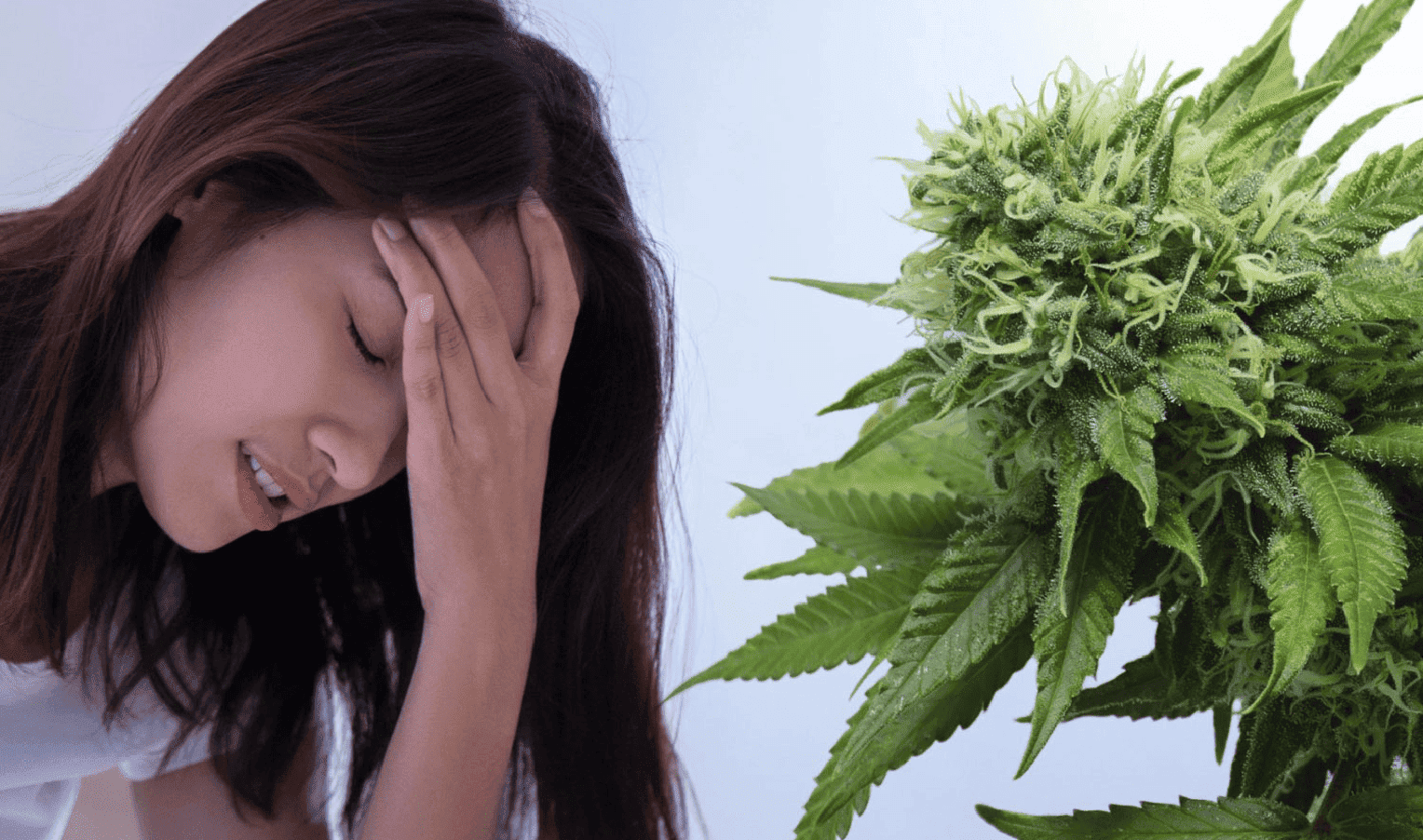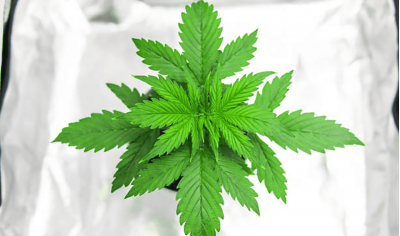Migraine is one of the most common diseases in the world. About 39 million people in the United States and 1 billion people worldwide suffer from headaches, or one in eight men, women and children living on the planet today. Almost half of women experience migraines at some point in their lives, most often between the ages of 35 and 45.
There are many treatment options, including many preventive and pain-relieving medications. Some patients even turn to psychedelics, which is not surprising when you learn that LSD was originally developed as a vasoconstrictor, a class of drugs used to treat migraines.
Cannabis also promises to be a convenient and effective pain reliever for migraines and other headaches. According to a review article published in August 2021 by a group of Florida researchers, available evidence suggests that cannabis use "reduces migraine duration and frequency" through glutamine, inflammatory, opiate and serotonin pathways.
Two of the 34 studies included in the review are discussed in more detail below. In addition, two other recently published papers suggest that terpenes, the compounds responsible for the aroma of the cannabis plant, may be involved in this therapeutic effect.
Cannabis flowers, rich in THC, help with migraines and headaches
The study was published in the Journal of Integrative Medicine
in September 2020, showed that inhaled cannabis is a highly effective treatment for headaches. Researchers at the University of New Mexico used more than 2.5 years of data from the Releaf digital app to examine the relationship between cannabis use and migraine and headache symptoms in real time. Patients used an app to record their pain intensity on a scale of 0 to 10 before and immediately after using cannabis.
Ninety-four percent of users experienced symptom relief within two hours of using cannabis, with an average reduction in pain intensity of 3.3 points. Men reported more relief than women, and patients younger than 35 years tended to improve more than older patients. This study found that a THC level above 10% (as reported by app users according to product labels) was the strongest independent predictor of symptom relief.
Concentrates are more effective than the dried plant
A team from Washington State University (WSU) examined archival data from another medical cannabis application called Strainprint to investigate the effects of inhaled cannabis on headaches and migraines. The researchers also evaluated the effect of gender, type of cannabis (flower or concentrate), dose and concentration of THC and CBD on this effect.
After collecting data from thousands of sessions by hundreds of app users, WSU researchers concluded that inhaling cannabis reduced headaches and migraines by about half. Their results, published in May 2021 in The Journal of Pain, showed that greater reductions were associated with the concentrates than with the flowers. The authors also found that men reported greater preferences than women. However, they also observed a tolerance effect with long-term use: "[The efficacy of cannabis] diminishes over time, and patients seem to use higher doses over time."
Terpene Medicines for Brain Health
So what is it about cannabis that helps relieve migraine and headache symptoms? Is it primarily THC, as the first study suggested? Is it THC and CBD together that other evidence suggests are the best for acute pain relief? Another factor may be terpenes, plant compounds that protect cannabis (and many other plants) and give it flavor and aroma. Terpenes are increasingly being studied for their therapeutic effects on humans.
In an article published in August 2021 in the journal Frontiers in Psychiatry, researchers from Australia analyzed the evidence of benefit for the treatment of neurological and psychiatric disorders associated with two important cannabis terpenes, pinene and linalool. These compounds affect multiple neurotransmitter, inflammatory, and neurotrophic signals, the authors write. Existing evidence (mostly preclinical, i.e. not tested in humans) suggests that migraine is one of the conditions - along with stroke, ischemia, and other forms of inflammatory and neuropathic pain - that may be alleviated by these terpenes.
Terpenes inhibit neuroinflammation
A review by Mexican researchers published in August 2021 in the journal Frontiers in Pharmacology examines terpenes as anti-inflammatory agents and evaluates their potential as alternative treatments for brain and skin inflammation. In the first category, inflammation is a typical feature of neurodegenerative diseases such as Alzheimer's disease and Parkinson's disease, the authors write. They also note a recent study by Iranian scientists found in mice an antidepressant effect of limonene, another terpene present in many varieties of cannabis, which appeared to be mediated by inhibition of neuroinflammation.
What else is neuroinflammation likely to play a role in? Migraine. Although the authors do not mention headache or migraine in their discussion of terpenes and neuroinflammation, this issue warrants further investigation. Taken together, these data make as strong an argument for an entourage effect as there is: THC, CBD, and at least a few terpenes found in cannabis may play a role in pain management. with migraine.
Nate Seltenrich, a freelance science journalist based in the San Francisco Bay Area, covers a wide range of topics, including environmental health, neurology, and pharmacology.




Write a comment